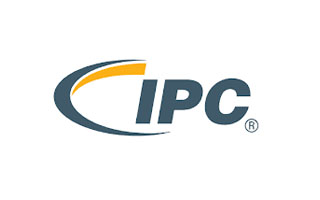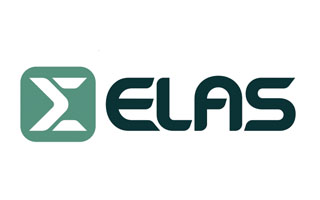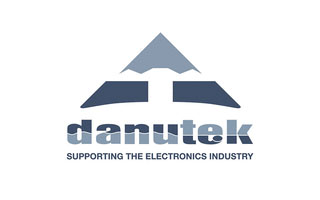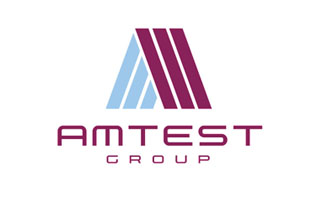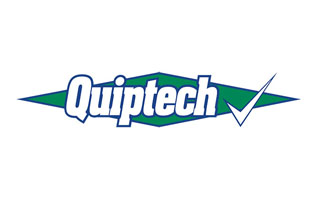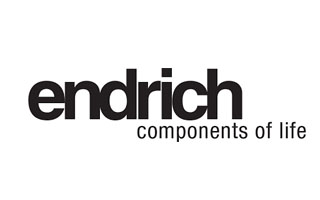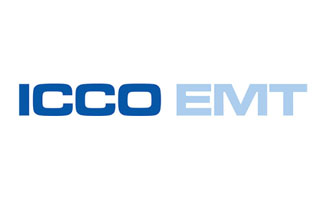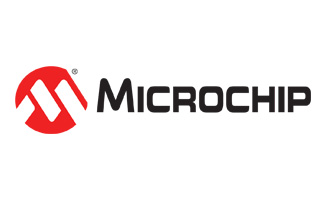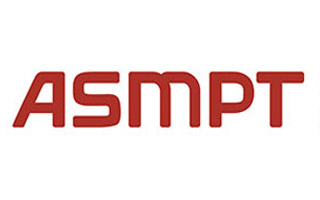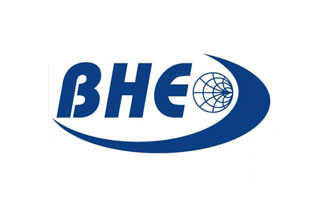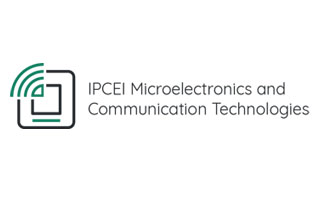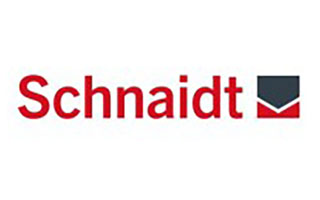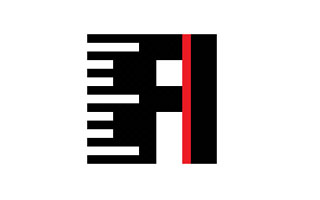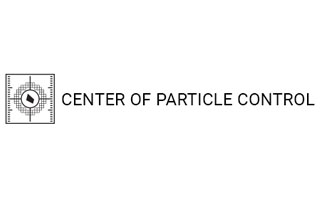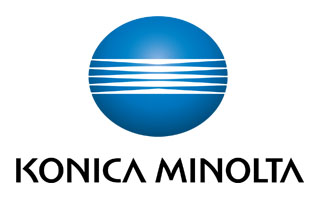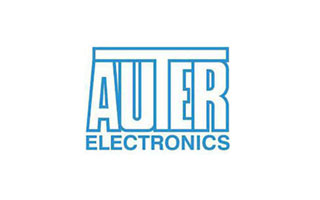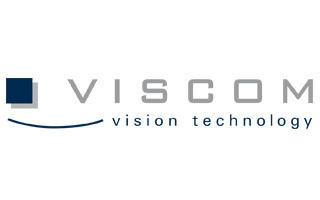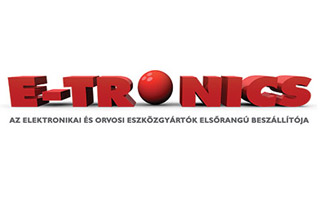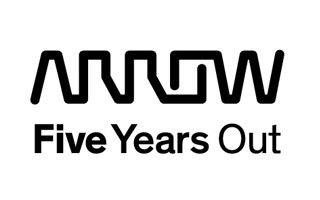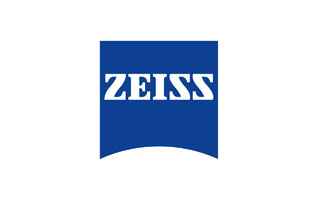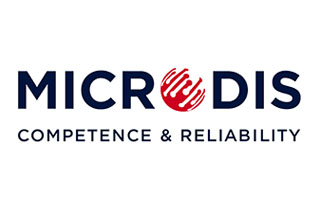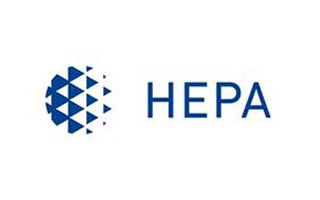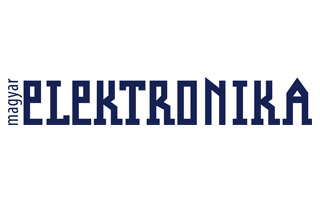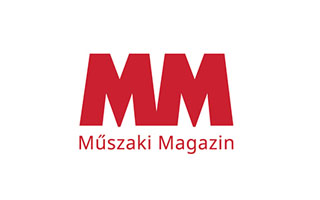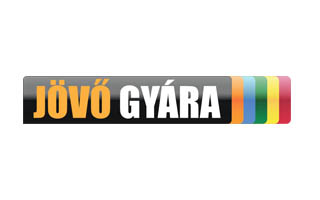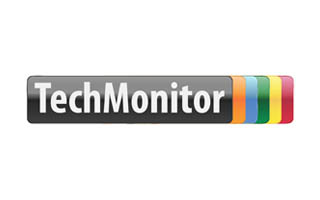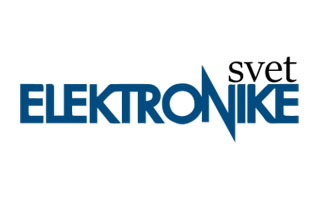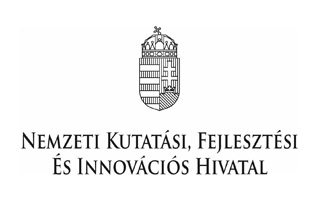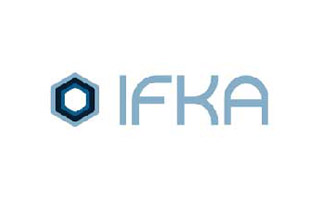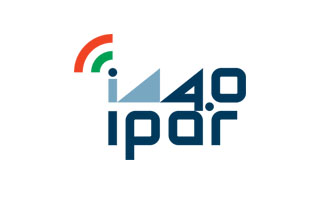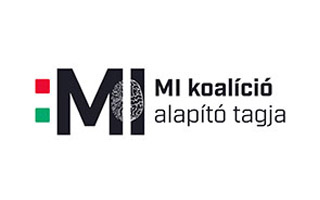|
25 April
2024
|
Presentation room
|
This presentation will be in Hungarian!
Broadband satellite communication technology presented significant progress over the past decade. Global need for wideband, high data-rate services are accelerating, driving the requirement for increased data throughput.
Satellite operators are continuously populating higher frequency bands to reach further improvements and satisfy growing capacity needs. As the potential of the available spectrum in lower frequencies, like in the K-, Ka-band is reaching its limits in terms of available bandwidth, the satellite communication industry tends to move towards the higher frequency Q- and V-bands as a breaking point. Nowadays, the official Q-band downlink from 37.5-42.5 GHz, and V-band uplink from 47.2-52.4 GHz are the marked-out frequency bands that offer possibility to have larger bandwidth availability for data services. The design of Q/V-band equipment like converters, antennas, SSPAs, and low noise amplifiers are critically important, since they are essential system blocks to support fast data-rates. The relevance of the developments carried out in this region cannot be questioned, however the design of such system components presents several technological challenges.
In this presentation the author describes the development results of an innovative, high performance, high reliability Q-band low noise amplifier, designed for state-of-the-art ground station use. The LNA exploits advanced microwave technology, simulation, and design process to overcome the challenges posed by the high frequency of operation and the required low noise figure. Novel concepts were utilized in the amplifiers control and monitoring circuitry to increase reliability and to provide detailed status information and telemetry from several internal levels of the device. The presentation describes the design, the mentioned challenges, the applied technologies and measurement methods, the development results, and further improvement possibilities of the amplifier.

